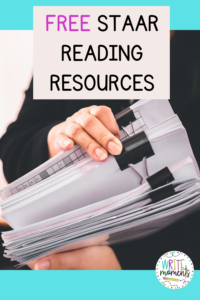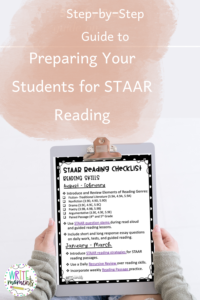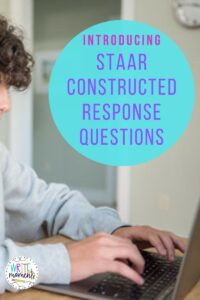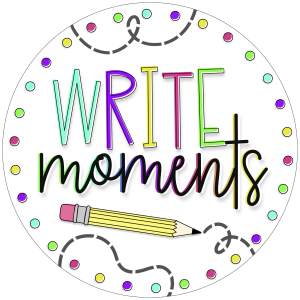The benefits of reading aloud in your upper elementary classroom are endless!
Busy, busy, busy! The days fly by in a 3rd-5th grade classroom! Many teachers don’t have time to fit in read alouds! However, the benefits of reading aloud to your upper elementary students are incredible. You MUST fit read alouds in!
When I first started teaching 4th grade eleven years ago, I read one or maybe two novels a year aloud to my students. Now I continuously read to my classes throughout the whole year, fitting in at least eight novels. I start off the first fifteen minutes of my two hour reading/language arts block with a read aloud.
I have had many former students tell me that their favorite part of 4th grade was when I read aloud to the class.
Reading aloud to students in upper elementary classrooms has many advantages!
Modeling
Students enjoy listening to a good story with expressive reading. As you read to your students you’re modeling good fluency and expression. Therefore, students can repeat this in their own reading.
I have noticed a difference in guiding reading. My students aim to read expressively. No more reading like a robot!
I have also noticed a difference when we get to our drama unit, students have a much easier time reading their lines in a play.
Note Taking
Last year, I started having my students take notes on the story I’m reading aloud. Students create a T-chart in their reading notebook. The left side are summaries from each chapter, and the right side are their connections and thinking.
The first nine weeks or so, I model the notetaking and students copy what I have written in their notebooks. Eventually, they are able to pull out the main ideas and write their own notes. One motivation for them is I let students use these notes when they are taking story tests on the novel.
Note taking is an important life long skill. Interestingly, note taking is one of the new 2020 ELAR TEKS (in Texas).
Also, note taking is an important test taking strategy. Students must take good notes when completing reading passages in order to answer questions correctly. Since they are constantly taking notes in class with the read alouds when they get to a passage it is natural for them to pull out the main ideas and write notes on the side.
Reading Skills
Incorporating reading skills in your read aloud is necessary. The students should NOT just listening to the story for fun. They’re thinking, predicting, synthesizing, and analyzing text as you’re reading.
Fiction novels lend themselves to most reading skills including: author’s purpose, point of view, theme, character traits, plot diagrams, inferencing, and vocabulary. My Reading Notebook Printables will help with guiding you on what reading skills you should emphasis during your read aloud.
Learning these skills through novels make learning authentic, and the skills are easily transferred to standardized tests.
Biographies are great read alouds for nonfiction skills. One of my favorites is Sadako and the Thousand Paper Cranes. There are many informational texts that students enjoy, most only take a day or two to read aloud.
Reading aloud poetry is also an excellent idea. Poetry is a hard for students in 3rd-5th grade to understand, so reading it aloud and discussing the poetic elements and theme is a great way to expose students to poetry. There are excellent poetry novels, such as Love that Dog and Rebound.
Writing (Mentor Text)
As you are reading to your students, you should be pointing out all the amazing techniques authors use in their writing. Students will then be able to duplicate the same ideas in their own writing. For example, I always point out great examples of figurative language, introductions, conclusions, transition words, and descriptions .
Another way students can use novels to identify particular grammar skills. Looking through a novel and seeing grammar used in context helps students make connections with using grammar in their own writing. For example, I have students find compound and complex sentences, apostrophes, homophones, and punctuation. They have to identify the rule which is being used in the sentence.
Encouragement (for independent reading)
So many children these days refuse to independently read (which is also now a ELAR TEK).
By incorporating read alouds in your classroom, it encourages students to read on their own. I love picking books that are in a series because then all the students want to read the next book.
Some of my favorite books to read that are the first in the series are: Shiloh, Tales of a Fourth Grade Nothing, Hatchet, Sideways Stories from Wayside School, and The Books of Elsewhere volume 1.
By reading aloud to your upper elementary students, you are instilling in them a lifelong love of reading. Consider taking a little bit of time out of your busy day to read to your aloud. They will thank you for it!.






